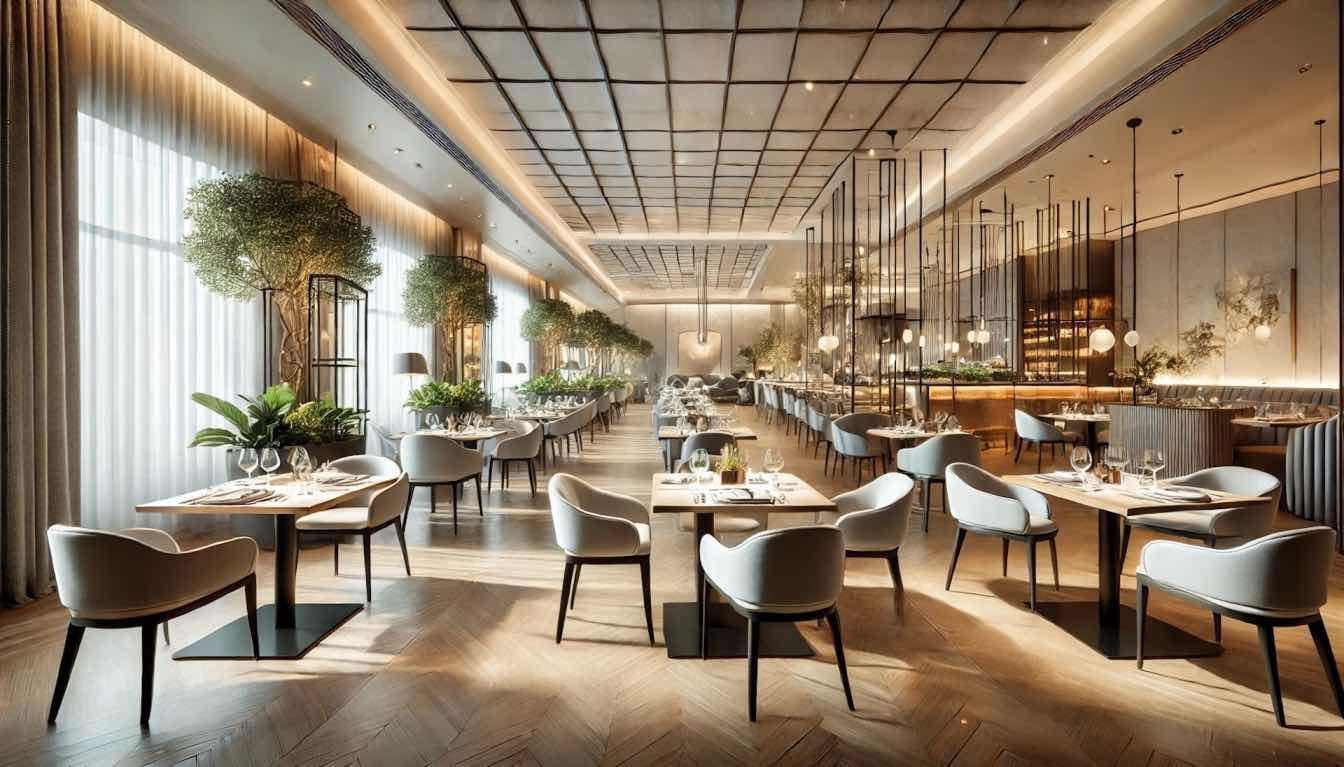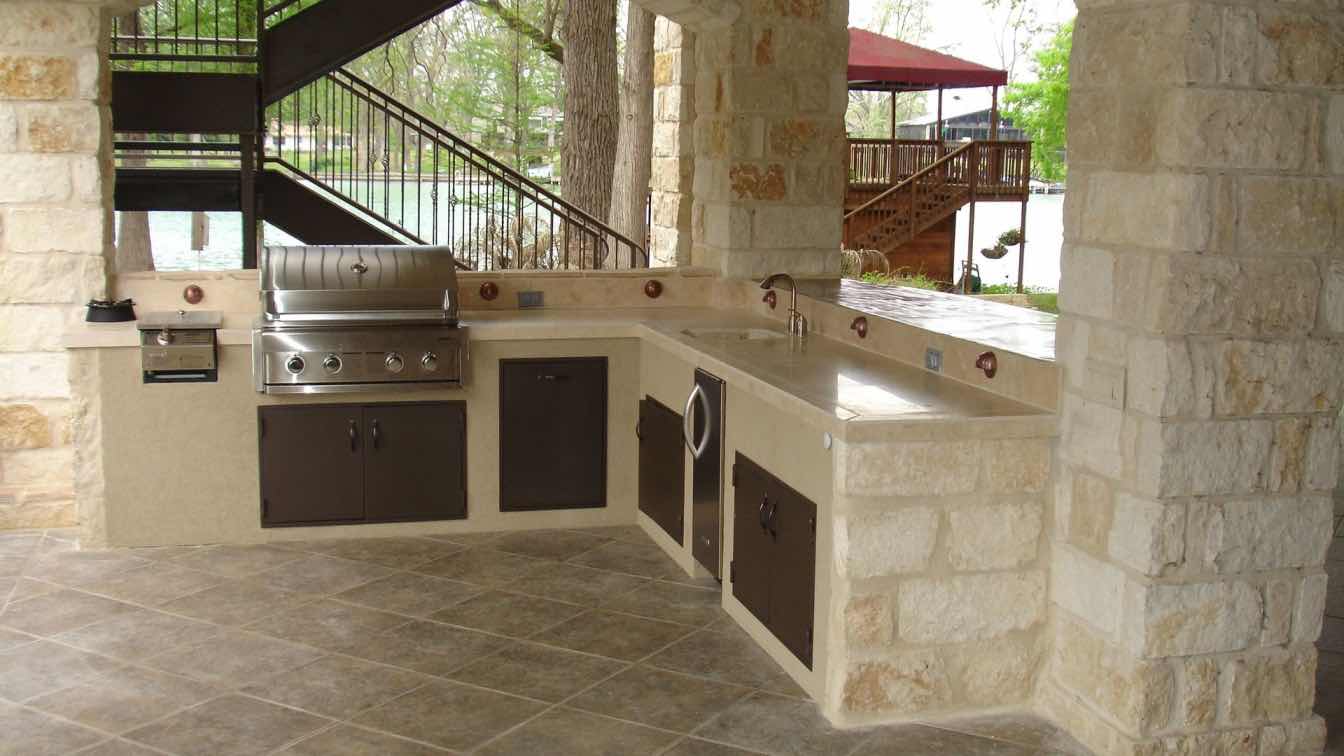In buying your first home, you are exposed to a new world of construction, repairs and refurbishments. This new world sees you engaging with a wide variety of tools and materials, whether planning for new changes to your home or undertaking work yourself on a DIY basis.
One of the building-blocks of modern-day DIY is a material called plasterboard – a versatile material that forms an essential part of any renovation project. But what exactly is it, and how can it be used?
What is Plasterboard?
Plasterboard is a prefabricated sheet, with a variety of internal and external uses in construction and redecoration. It is commonly used in the construction of internal walls, and possesses a number of properties that suits it well for cladding and finishing.
Plasterboard was initially designed as an alternative to wet plaster. It is a sheet of processed material, enveloped by paper faces to cut to standardised sizes before shipping to suppliers. The processed sheet material typically comprises plaster-of-Paris, though cement-and-lime render is also used. The result is a mineraloid panel, which can be quickly and easily used in construction without waiting times for drying and setting.
There are various different kinds of plasterboard on the market, each of which display different specific properties for targeted use in certain builds. For example, certain additions can render them more soundproof, while others can improve their resilience against fire.
Indoor Uses
Plasterboard is an extremely common material with regard to internal construction and renovation. The majority of internal walls are clad in plasterboard, as it is an inexpensive cladding solution with a suitable flat surface for decoration and finishing. Plasterboard can also offer additional insulation and soundproofing, making it an ideal choice for use in the creation of stud walls.
Plasterboard is easy to cut and manipulate, with its paper backing allowing it to be ‘scored’ to fit curved and non-standard surfaces. This opens up possibilities for the building of unique ‘built-in’ features, from wardrobes to shelving. You can also easily incorporate niches into internal wall design, for wall-mounted TVs and other quality-of-life options.
Outdoor Uses
But plasterboard is not only useful indoors; it can also be used in outdoor applications, if treated and installed carefully. Garden builds have become more popular in UK gardens, as homeowners increasingly build home bars and sunrooms for hosting guests and enjoying their outdoor space. Plasterboard can be used to great effect in the finishing of these spaces, as a ceiling for the concealment of fitted lighting and rafters.
For plasterboard to be used outside, though, it needs to be more resilient than standard available boards. Plasterboards do not survive well when brought into direct contact with water, but special treated boards exist that display resilience against moisture and humidity. These are best used for external applications of any kind.





